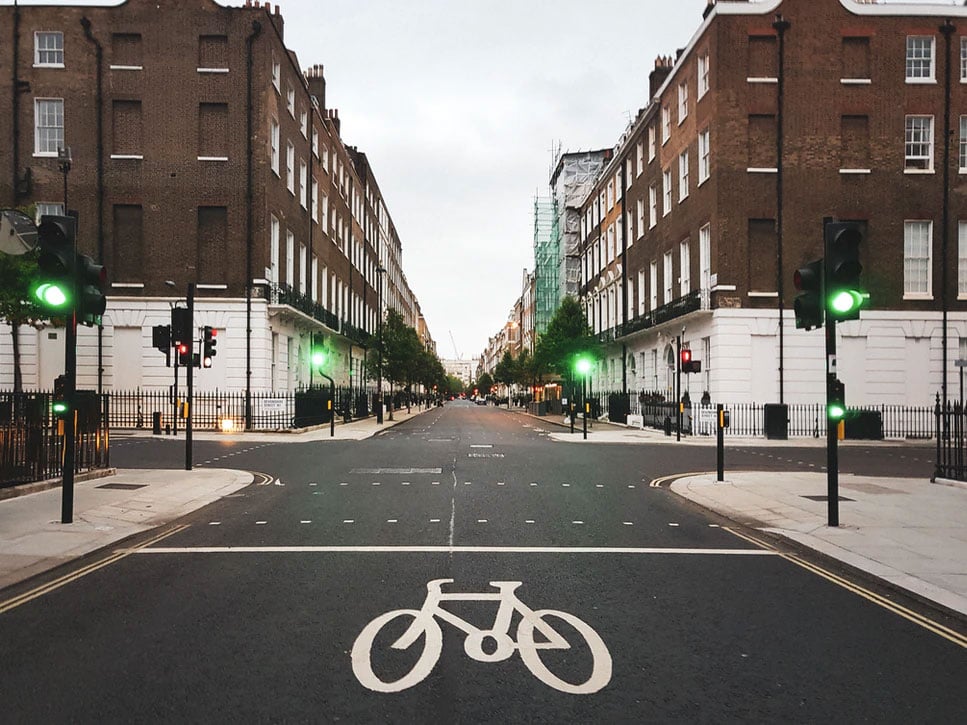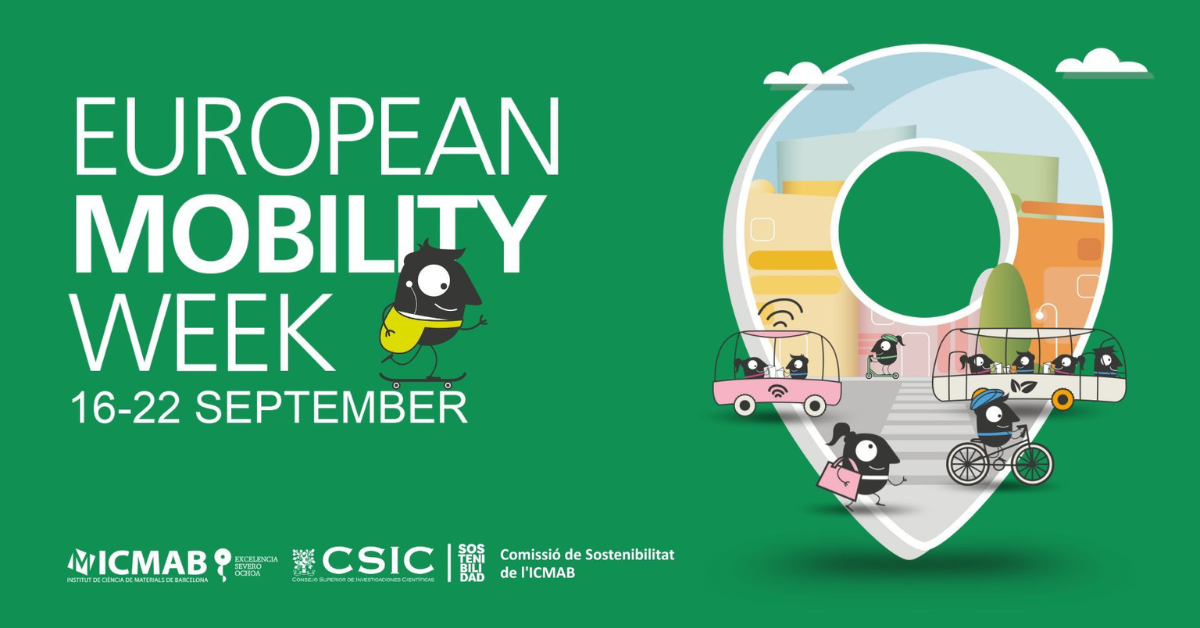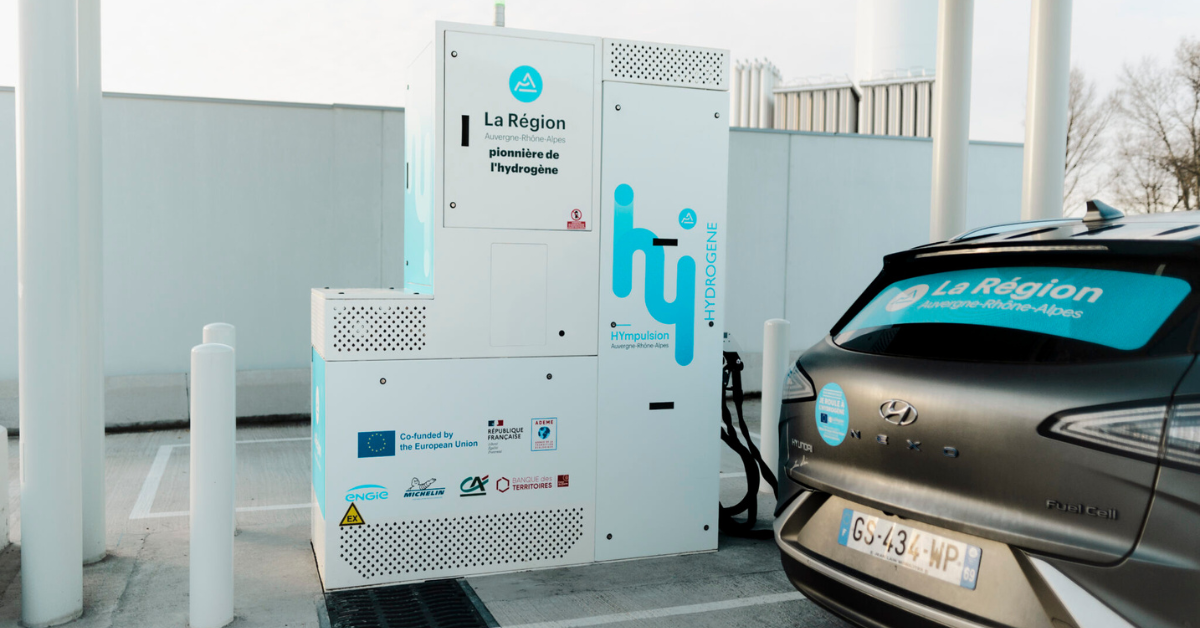COVID-19 has shown that a lot can change in only a few days. This includes having an impact on the environment due to less traffic. What is the effect in emissions and what will happen after Corona? In this article, we will discuss the effect Corona has on the environment and sustainable mobility and what will most likely happen after the end of the lock-down.
Less pollution
Due to Corona, some awareness has surfaced that we indeed need to work more on our sustainability plans as we see that the world can be a cleaner and less polluted place. According to the Emissions Gap Report 2019 by the UN Environment Programme, we need to reduce emissions by 7.6% each year to lessen the impact on the environment and on global warming.
Since the Coronavirus emissions decreased by 20-30% in parts of China and Italy.
Due to the pandemic quarantine, there is a lot less traffic, which has had a huge effect on multiple points in the environment, including air quality and 20-30% less emissions being recorded throughout parts of China and Italy, where the lockdown hit first. Due to travel restrictions across borders, there is less overall (airline) traffic. Traffic, transport of goods and aviation, all fall within the Transport sector which, in 2017, already accounted for 25% of all CO2 emissions. It would seem that having a stop in most travel would therefore decrease the CO2 emissions crucially.

Source: NASA Earth Observatory pollution satellites.
Long lasting effects on emission
But are the emissions really down in the long run? The latest analysis, by the International Renewable Energy Agency (IRENA), expects this year’s annual emissions to be down by only 6-8%. Which would not yet have a measurable effect on the world’s carbon concentration.
Actually, there is still an increase in CO2. As we have to reduce a bare minimum of 7,6% CO2 each year, which now only seems possible due to a huge decrease in travel, it doesn't provide a lot of hope for the future of CO2 in the travel industry.
However, keeping the travel emissions low is still key as the overall CO2 levels will only drop if we keep the emissions lower over a longer period of time according to Earth System Research Laboratories. In the measurements, natural phenomena can occur, which could temporarily influence the CO2 levels as well. It is therefore important that long-term changes are made.
Will we keep the emissions down? Predictions based on China
One of the biggest changes can be seen in China. As the country is coming out of its quarantine; the air pollution is rising back and has actually exceeded the emission levels of 2019 according to the Centre for Research on Energy and Clean Air (CREA). This is not all due to the travel sector, as regions with multiple factories show higher increases in nitrogen dioxide emissions.
40% of the previous public transport users in China have switched to private car use.
Whereas the emissions seem to be rising, so is the fear of contamination in some forms of travel. In some areas of China, public transport was halted to further prevent the spread of the disease. This loss in trust in the safety of these services explain why private cars jumped from 3rd to 1st place in research by Ipsos as the preferred means of transport, while buses and metros lost their preferred spots among Chinese residents. This is confirmed by the automotive industry as the CEO of Volkswagen Group China, Stephan Wöllenstein, even expects the car business to “reach last year’s level in early summer”. 40% of the previous public transport users have switched to private car use. Numerous cities in China even announced cash refunds or eased restrictions on new car purchases.
Additional subsidies for New Energy Vehicles (NEV) have been extended to 2022, instead of December 2020. NEV, mostly electric vehicles, are an important factor of the Chinese government’s strategy to promote climate-friendly and sustainable transport alongside further promotion of Public Transport. Besides this, China has some other ideas to implement a more sustainable travel, which includes building more EV (Electric Vehicle) charging stations.
Bike ride volume in Beijing has increased 120-187% compared to before the pandemic.
China is working hard to regain the trust in public transport and is working more with shareable bikes to promote a safe and eco-friendly way of travel. Bike ride volume in Beijing has increased 120-187% compared to before the pandemic. In the future China could invest more in safe roads for bikes and maintaining low prices if they want to keep the increased number of people riding their bikes.
Besides the transport of people, the transport of goods has experienced a change. Whereas before China had a lot of extra emissions due to the transport of products to other countries; it now seems that other countries are finding new places to produce their products closer to home or even locally. Products which were first outsourced to China, are now being localised. Which means a decrease in travel needed for produce.
Overall, it seems quite a huge bounce back in CO2 occurred after Corona measures loosened up, and it seems as if CO2 has not changed at the moment. However, over time it might be possible to see a decrease in CO2, if the sustainable travel options are being promoted and used by the public and production is being localised.

Learnings already implemented
When we look at China, we cannot see a big change as CO2 levels are back to ‘normal’. However, it does seem to make people more aware and think about a specific plan to make use of this impact. On top of that a lot of residents are currently willing to stick to their new habits when beneficial, private and safe for them. Hopefully, this virus can speed up the mobility transition, such as shared mobility, MaaS and optimized infrastructure for pedestrians and cyclists to make it more appealing for residents to stick to their new habits in the long run.
Just as in China, there might be an increase in car-usage, which could be accounted for if handled properly by, for example, working together with companies who make it possible to reserve parking upfront to save on travel time and to ensure that there are extra EV charging stations in place to promote EV driving.
Besides this, public transport might need a revival; where health and distance are at the forefront to gain the trust again from the residents to start using it in a ‘safe’ manner.
Overall it is important to have a complete Sustainable Urban Mobility Plan (SUMP) in place as it is more beneficial now than ever to fast-track these mobility innovations to incorporate more sustainable means of travel.
Join our webinar on May 26
Now is the time to work together and act! Let’s speed up the mobility transition. Would you like to join the discussion with peers from the mobility industry? Register for our next webinar on May 26 via www.intertraffic.com/webinars





